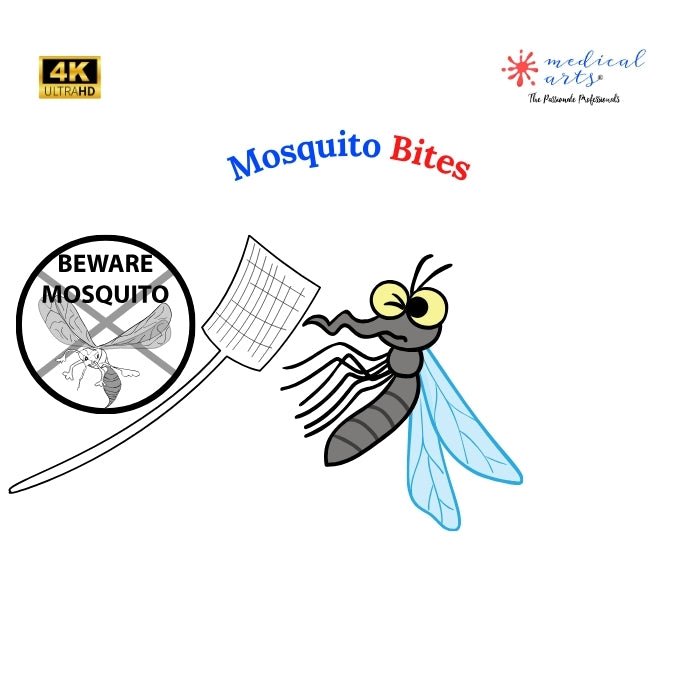The Science Behind Mosquito Bites
Mosquito bites are more than just an itchy annoyance; they are a fascinating intersection of biology, ecology, and human health. Understanding the science behind these bites sheds light on why mosquitoes behave the way they do and informs strategies for preventing and controlling mosquito-borne diseases. This article delves into the intricacies of mosquito bites, exploring their purpose, the mechanisms behind the itch, and the implications for public health.
The Purpose of a Bite
Contrary to a common misconception, not all mosquitoes bite humans. It is primarily the females of certain species that seek out blood meals, and they do so for a particular reason: reproduction. Female mosquitoes require the proteins and iron found in blood to produce and develop their eggs. Depending on the mosquito species, this biological imperative drives their search for suitable hosts, including humans, animals, and birds.

The Science of Attraction
Mosquitoes have evolved sophisticated methods to locate their hosts. They are attracted by carbon dioxide (CO2), body heat, and substances in human sweat, such as lactic acid, ammonia, and uric acid. Certain genetic factors also make some individuals more attractive to mosquitoes than others, including blood type and skin microbiota composition. Remarkably, even beer consumption has been linked to increased attractiveness to mosquitoes, although the exact mechanisms remain a research subject.
The Itch and the Immune Response
When a mosquito bites, it injects saliva into the skin. This saliva contains anticoagulants to prevent blood clotting, allowing mosquitoes to feed more efficiently. However, the proteins in the saliva provoke the body's immune response, resulting in the characteristic itch and swelling. This reaction is the body's defence mechanism against the foreign substances introduced by the mosquito's saliva.
Disease Transmission: A Global Health Challenge
Mosquito bites are not merely a nuisance but a significant vector for transmitting diseases such as malaria, dengue fever, Zika virus, and West Nile virus. These diseases represent a substantial public health burden, particularly in tropical and subtropical regions. The transmission dynamics are complex and involve the interplay between the mosquito species, the pathogens they carry, and the human populations they bite. Efforts to control mosquito populations and prevent bites are crucial in the fight against these diseases.

Strategies for Prevention and Control
Preventing mosquito bites involves a multi-faceted approach, including using insect repellents, wearing protective clothing, and eliminating standing water where mosquitoes breed. Advances in science and technology are also contributing to more innovative solutions, such as genetically modified mosquitoes designed to reduce populations or the development of vaccines against mosquito-borne diseases.
The Role of Climate Change
Climate change is altering the landscape of mosquito-borne diseases by expanding the geographical range of certain mosquito species and increasing the length of mosquito breeding seasons. These changes can expose new populations to diseases, highlighting the importance of global health surveillance and adaptive strategies to mitigate these emerging risks.
Conclusion
The science behind mosquito bites is a testament to the complexity of nature and its impact on human health. Researchers and public health professionals can develop more effective strategies to prevent bites and control the spread of mosquito-borne diseases by unravelling the mysteries of why and how mosquitoes bite. As we continue to explore the intricate relationships between humans and mosquitoes, the knowledge gained will be crucial in safeguarding public health in the face of evolving environmental and global challenges.

